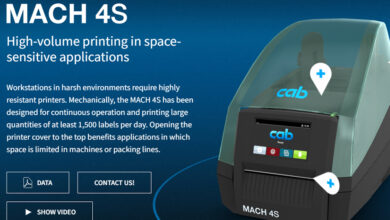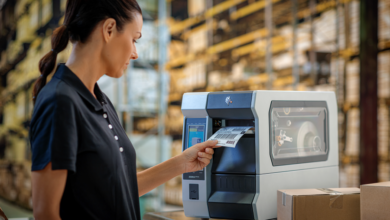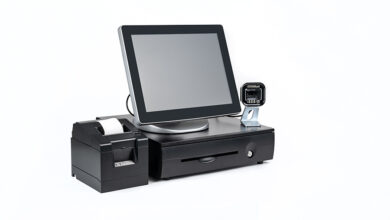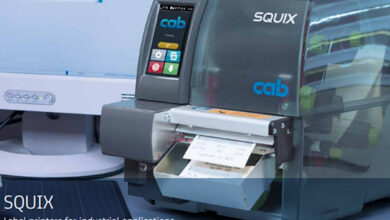How Does a Thermal Transfer Printer Work
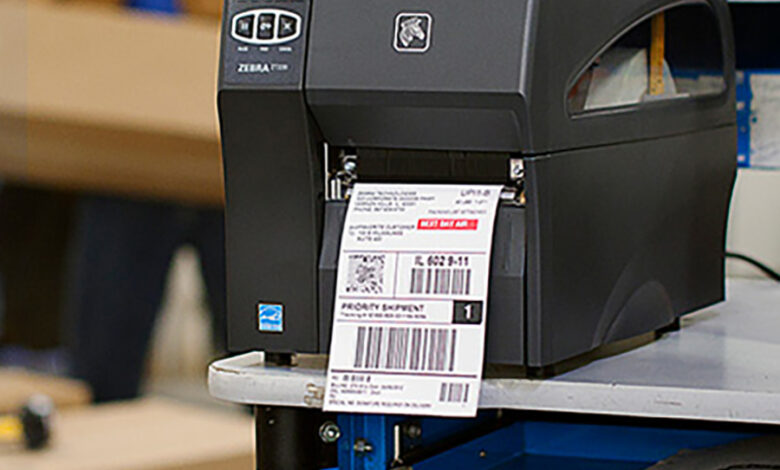
How Does a Thermal Transfer Printer Work?
A thermal transfer printer enables you to print labels, bar codes, tickets, receipts, and more. Capable of high-volume printing tasks, a thermal transfer printer is a cost-effective way to print durable materials that can be scanned and used across industries.
But how exactly does a thermal transfer printer work? Read on to find out.
How Does a Thermal Transfer Printers Work – Explained
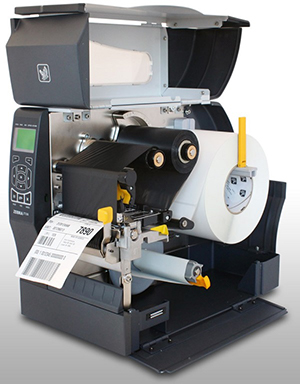 Thermal transfer printers have a printhead that heats a ribbon, a polyester film coated with ink. The ink from the ribbon melts on the printing media, creating the desired print.
Thermal transfer printers have a printhead that heats a ribbon, a polyester film coated with ink. The ink from the ribbon melts on the printing media, creating the desired print.
The resulting print offers superior printing quality and a more durable print than other printers can achieve. Images printed on thermal paper can last for years.
The ribbon can be coated with wax, wax resin, or resin. Wax ribbons print at lower temperatures while wax resin and resin ribbons require higher temperatures but provide more durable prints that can withstand abrasion and even chemicals.
Unlike conventional printers, thermal transfer printers don’t use ink. The only required material is the thermal paper that serves as the print media and, less frequently, the ribbons.
In terms of size, thermal transfer printers can range from small desktop printers to large industrial ones. They are often connected to a computer that runs specialized software which enables the user to create custom labels or images. Some advanced industrial thermal transfer printers run their own built-in software and can operate without a computer.
It’s important to note that thermal transfer printers differ from direct transfer printers. Direct transfer printers don’t use a ribbon—their printing head prints directly on the print media. While they don’t require thermal transfer ribbons, the print may fade over time.
How Does a Thermal Transfer Printer Work – Advantages & Disadvantages
Understanding the benefits and potential limitations of a thermal transfer printer can help you decide whether one is right for you. Some of the most notable advantages of thermal transfer printers.
How Does a Thermal Transfer Printer Work – Advantages
- Low operating cost – Because they don’t require ink, cartridges, or other supplies, thermal transfer printers are cost-efficient in the long term despite the initial investment they require.
- Excellent print quality – Thermal transfer printers can print barcodes, labels, and tags that don’t become smudged, faded. These can last for years even in harsh environments where they are exposed to abrasion, chemicals, or rubbing. Other printers cannot achieve the printing quality and durability that thermal transfer printers have.
- Can handle high print volumes – The specific speed of a thermal transfer printer depends on the product, but many of these printers can print material at good speeds.
- Portable and convenient – Many thermal transfer printers fit on a desk. You can move them around and use them with ease.
- Can print in multiple colors – Thermal transfer printers, unlike direct thermal printers, can print in a wider range of colors than simply black and white.
What about the limitations of thermal transfer printers?
How Does a Thermal Transfer Printer Work – Disadvantages
- Labels may turn black – Some thermal transfer prints are less resistant than others and may turn black if exposed to intense heat.
- Labels may fade – Thermal transfer labels may last for years, but they are not permanent. Over time, they may fade, especially if exposed to sunlight.
- May require training – While not difficult to use, thermal transfer printers may still require basic training for your team members. This is especially the case if they will have to design custom labels for printing.
How Does a Thermal Transfer Printer Work – Selecting
Thermal transfer printers range from highly portable mobile printers to industrial printers. Falling somewhere in between are desktop printers. All of these are connected to a computer or mobile device or else have their own built-in software.
Features of a thermal transfer printer include printing speed, print resolution, Wi-Fi, and more. Different printers are developed for specific industries, so if you have particular needs, you may look for one adapted to your requirements.
When shopping for a thermal transfer printer, consider your needs first and ask carefully about the features. That way you’ll get the best value for your investment.
How Does a Thermal Transfer Printer Work – Resources
- Sato Thermal Transfer Printers – SATO’s Industrial barcode printers are the hallmark of printing products for harsh environments and applications.
- Zebra Thermal Transfer Printers – Print with confidence knowing you have a partner with 50 years of thermal printing innovation by your side.
- HellermannTyton Thermal Transfer Printers – All HellermannTyton printers are optimized for use in industrial environments.


